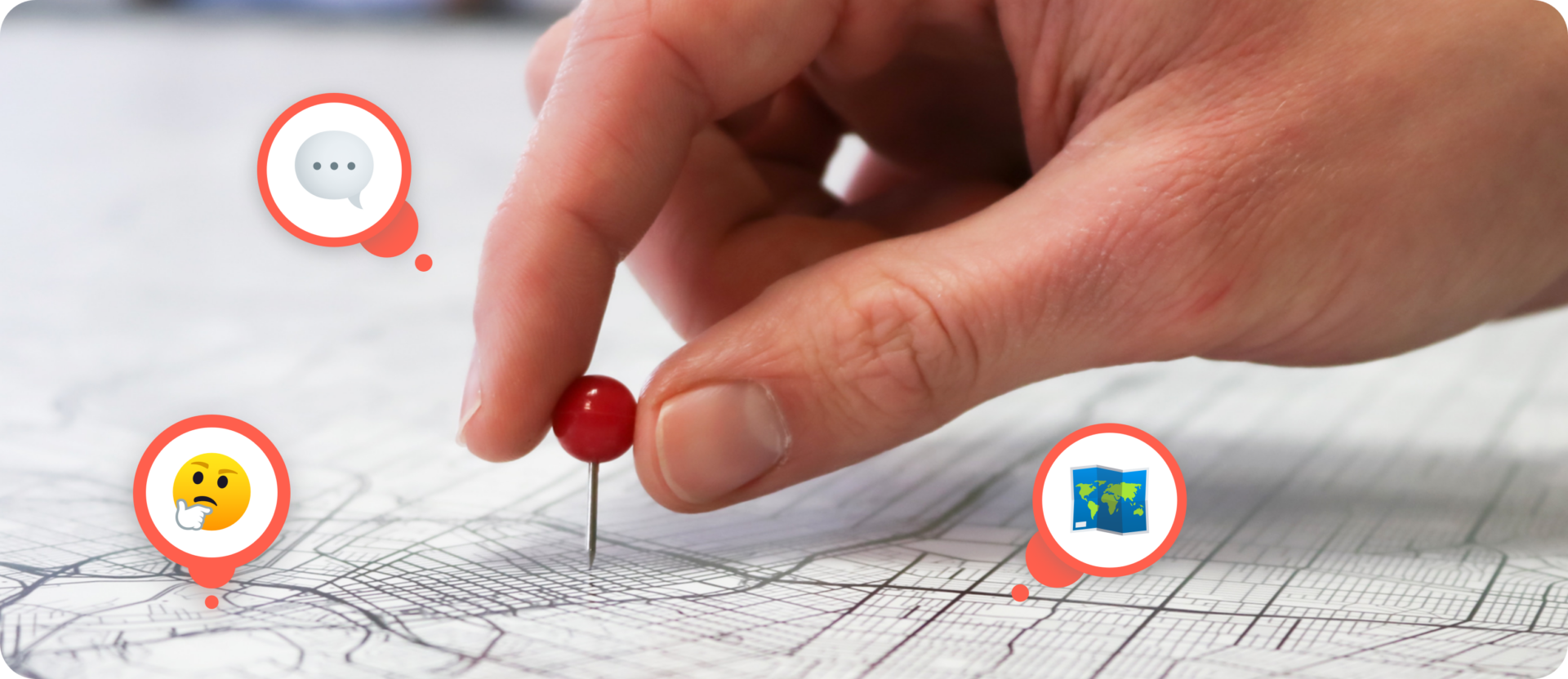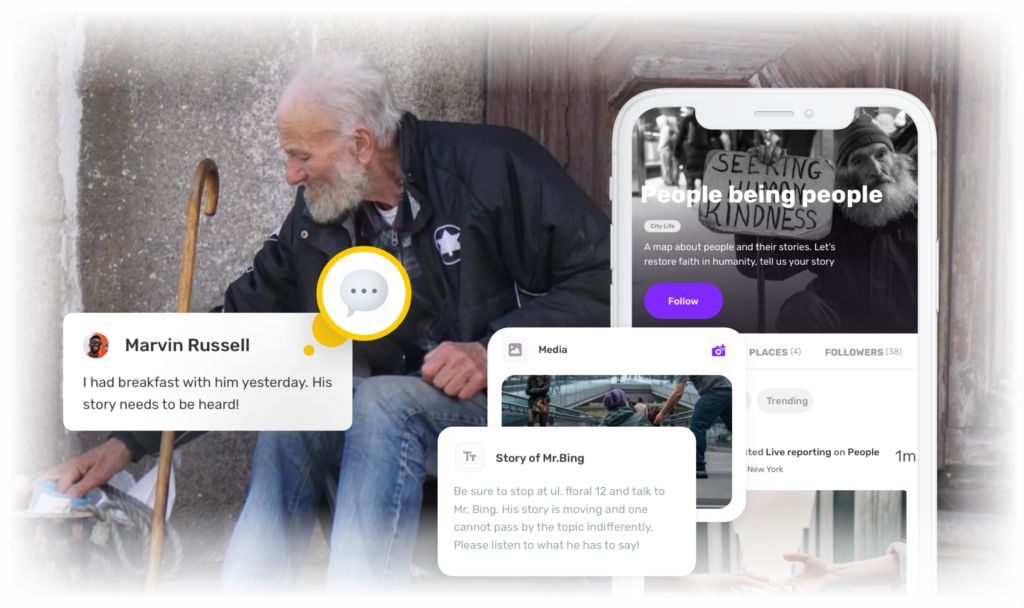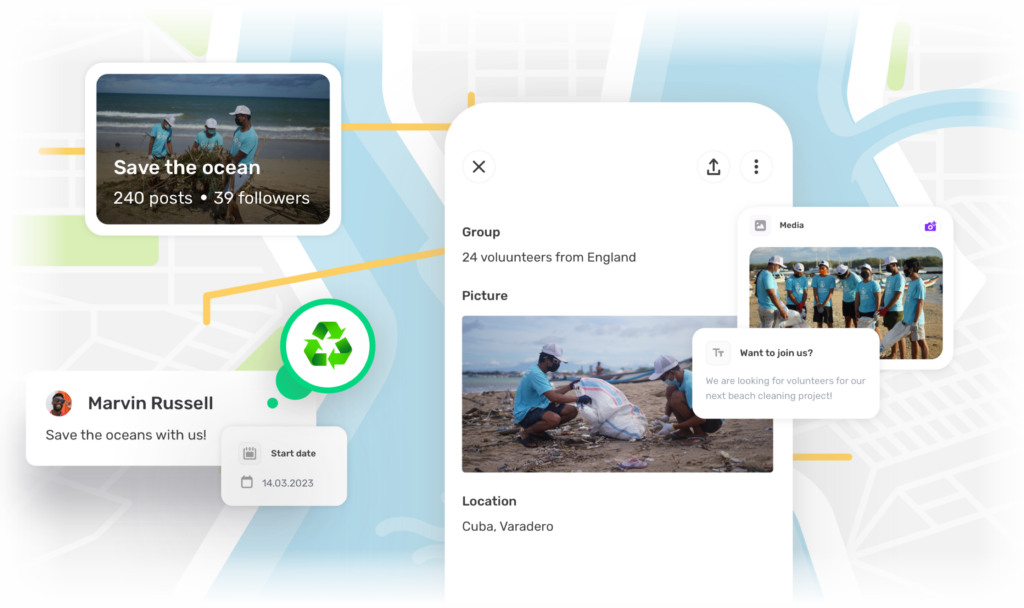How to Tell Stories with Maps?
December 13, 2022 . 3 min read . Author: Michael Milner

Maps are one of the most powerful ways to tell stories. They can be used to present information about the past, present, and future. It’s a great and unique way to communicate facts or even explain complex topics. In this article, we’ll explore how to use maps to convey your messages in a powerful way that makes them engaging and informative. Keep reading to learn how to tell stories with maps and take your creativity to the next level!
Table of contents
Benefits of telling stories with maps
What are the most important benefits of telling stories with maps? The list includes the possibility to:
- Enhance visibility – maps can be used to create more visibility for businesses, individuals, and organizations. They can show customers the exact location of a business or organization or highlight specific areas of interest. Such tools are also an ideal and effective way to promote various events like festivals or conferences and prepare their agenda.
- Improve engagement – are you looking for something that will help you reach your target audience and grasp their attention? Telling stories with maps is a great way to do it. Show customers your closest store or restaurant locations and encourage them to visit you.
- Increase understanding – maps can be used to help people understand complex topics or data sets. For example, they can show different layers of information, such as population density or present areas affected by natural disasters.
- Improve decision-making – businesses can use maps to grow and reach potential customers in a unique way. Interactive maps with photos and videos showing offered products are a simple way to appeal to buyers and convince them that your range is likely to meet their needs.
How to do it right? 9 tips
So, how to tell stories with maps, and what to focus on?
- Select the right mapping platform – choose the right social mapping app or platform for your needs. Make sure it’s intuitive and easily accessible.
- Focus on visuals – maps are a visual tool, so make sure to choose the right design and layout that will support your message.
- Use maps to tell stories, not just to present facts or data.
- Show connections – benefit from maps to present correlations between different locations or objects. This will help people understand the relationships between them.
- Use photos and videos to make your story more engaging and help people understand the context better.
- Focus on interactivity to allow users to explore the data and find the information they need. The more interactive elements, the greater the chance that people will find what they’re looking for.
- Ensure your map is responsive and looks good on all devices. This will make it easier for people to use it, no matter if they access it via smartphone, tablet, or computer.
- Once you’ve created the map, test it to make sure it works correctly. This will help you identify any issues early on.
- When your map is ready, you can share it with the audience. Use social media, newsletters, and other channels to reach as many like-minded people as possible.
Thanks to following the tips, learning how to tell stories with maps in a powerful and engaging way get easier than ever. Interactive content is a great way to captivate your audience and help them understand the story you’re trying to tell.
The takeaway
Telling stories with maps is a powerful tool that can help you communicate facts, events, and data in an effective and visually appealing way. To make the most out of it, choose the right mapping platform, such as YouMap, and reach your target audience.

